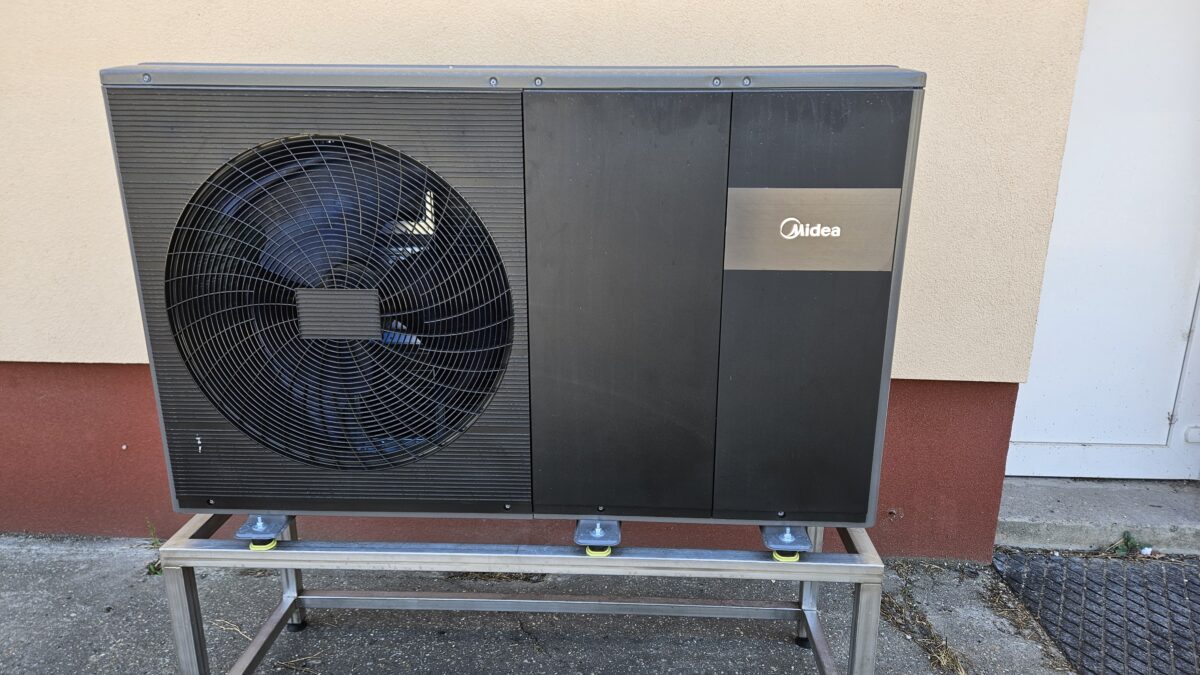This website uses cookies so that we can provide you with the best user experience possible. Cookie information is stored in your browser and performs functions such as recognising you when you return to our website and helping our team to understand which sections of the website you find most interesting and useful.
An energy efficient solution, switching to a renewable energy source, the heat pump!
We have decided to install a heat pump at our premises, because in addition to no CO2 emissions, our heating and hot water production costs can be reduced by up to 50%!
In addition to heating, heat pumps can also be used to cool the building, primarily using renewable energy. This is also a consideration as the summers get warmer.
A heat pump extracts heat from its surroundings (air, water, soil)
The operation of the equipment is based on a cycle, which essentially relies on the heat inherent in the change of state of the fluid. When boiling water, the first step is to heat the water to 100°C, and then additional energy is required to turn the 100°C water into 100°C steam. This is boiling heat, the latent heat of change between liquid and gas.
The gas cycle in heat pumps also exploits this latent heat, using another law of physics, the change of state at different pressures.
Here it transfers its heat to the rooms to be cooled or heated.
During the operation of a heat pump, it extracts heat from the environment, which can be air, water or soil. Depending on the heat source used, there are three types of heat pump, of which we have chosen the air-to-water heat pump:
– air-to-water heat pumps – cooling the ambient air to produce heating energy
– ground-source heat pump – to cool the ground for heating purposes (the best known, most common and most stable solution is the so-called ground probe, which typically uses a pipe snake drilled to a depth of 100 m, surrounded by a cement-based heat conducting material)
– water-to-water heat pump – works with natural water medium, e.g. well water
Because air is everywhere, we chose a monoblock system that is quick, easy and requires no permits.
In the long term, we want to be completely independent of high-cost gas, but it is also an alternative form of heating in the event of gas shortages.


